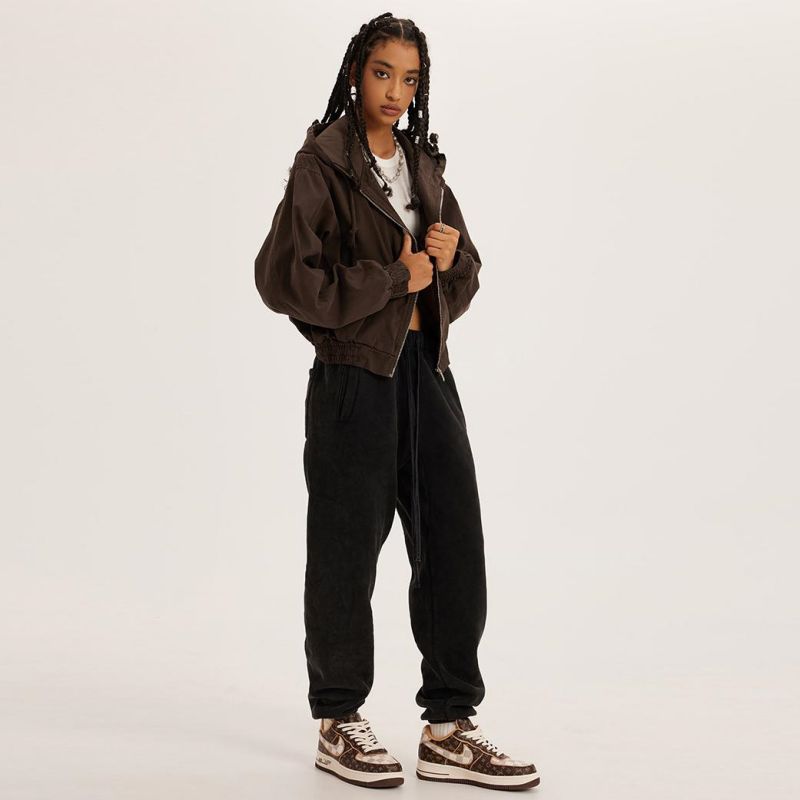Sourcing for the global apparel and footwear market has become ever more challenging over the past several years. Now, brands are navigating two additional complicating factors. First, the value chain faces increased pressure from demand fluctuations that have pushed brands to reduce or cancel orders as well as from logistics disruptions. Second, external forces such as regulation and new market entrants are resetting industry standards for speed, sustainability, and digitalization.
Apparel has traditionally been characterized by limited supplier collaboration and few long-term strategic relationships compared with other industries. This dynamic is because apparel has a fragmented supplier base, and brands pursue low production costs across different regions. Blouse Supplier

For several years, the industry has recognized that market dynamics call for a more strategic approach to their supplier relationships. This year’s McKinsey survey of apparel chief purchasing officers (CPOs) reveals that for the first time, they are truly taking action.1 Since 2013, McKinsey has conducted biannual sourcing survey for apparel brands’ chief purchasing officers.
For some time, apparel brands have been indicating plans to shift toward deeper relationships with suppliers. For example, in 2017, 81 percent of brands included “supplier collaboration and development” among their top three priorities.1 The apparel sourcing caravan’s next stop: Digitization, McKinsey, September 2017. This year’s survey found that deeper relationships (including long-term volume commitments, shared strategic three- to five-year plans, and collaboration partnerships) represent 43 percent of apparel’s total supplier base, up from 26 percent in 2019.
The preferred approach to supplier relationships varies by geographic location and company size. European apparel companies are leading the charge in the shift to long-term volume commitments, while the majority of their North American counterparts are less prone to commit to volumes. More than 80 percent of large companies have forged some kind of strategic partnership with their suppliers, whereas small and medium-size enterprises take a more transactional approach.
Interestingly, just 1 percent of respondents enter into shared investments, a strategy expected to remain limited for the foreseeable future as brands focus primarily on sharing strategic plans and setting up long-term volume commitments.
Over the next five years, apparel companies expect to continue to increase their share of deeper relationships to 51 percent. This continued shift is recognized as a must-do strategy to keep pace with increased sustainability regulations and speed requirements as well as to achieve the expected level of digitalization.
Striking the right balance on supplier relationships will be crucial: both brands and suppliers still value the flexibility to handle shifts in demand and use their bargaining power to secure higher margins.
This is just a few of the insights from the 2023 McKinsey CPO Survey (surveyed companies have approximately $110 billion in total sourcing value). We also found that although nearshoring has been a priority for a while, actual relocation is happening slowly. Further, despite inflation, most respondents expect a slight reduction in sourcing costs. In addition, brands are accelerating their adoption of digital innovation to enhance transparency across their value chains.

Custom Clothing Manufacturers Julian Hügl is an associate partner in McKinsey’s Munich office, Patricio Ibáñez is a partner in the Cleveland office, Karl-Hendrik Magnus is a senior partner in the Frankfurt office, and Alice Scalco is an associate partner in the Hong Kong office.